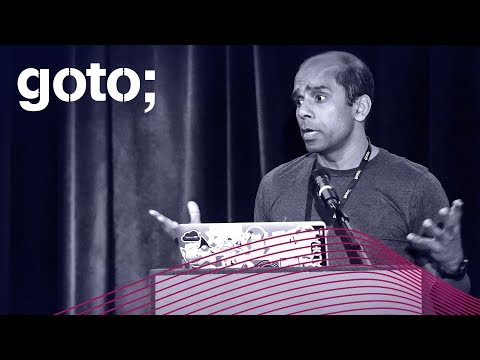Description:
Explore how to leverage Kubernetes for machine learning frameworks in this comprehensive conference talk from GOTO Chicago 2019. Discover why Kubernetes is well-suited for training and running machine learning models in production, with a focus on setting up open-source frameworks like TensorFlow, Apache MXNet, and PyTorch on a Kubernetes cluster. Learn about the isolation, auto-scaling, load balancing, flexibility, and GPU support that Kubernetes provides for computationally intensive and data-heavy machine learning models. Dive into the training, massaging, and inference phases of setting up a machine learning framework on Kubernetes, and gain insights into the Amazon ML stack and Amazon EKS for running Kubernetes in the cloud. Explore practical examples using the MNIST database and Fashion MNIST, and understand the challenges and solutions for setting up containers for machine learning. Get acquainted with AWS deep learning containers and learn how to create a machine learning pipeline using Kubernetes and SageMaker.
Read more

Using Kubernetes for Machine Learning Frameworks
Add to list
#Conference Talks
#GOTO Conferences
#Computer Science
#Machine Learning
#Deep Learning
#TensorFlow
#DevOps
#Kubernetes
#PyTorch
#Programming
#Cloud Computing
#Amazon Web Services (AWS)
#Amazon Elastic Kubernetes Service (EKS)
#Apache MXNet
#Containerization
#Container Deployment
#Distributed Training